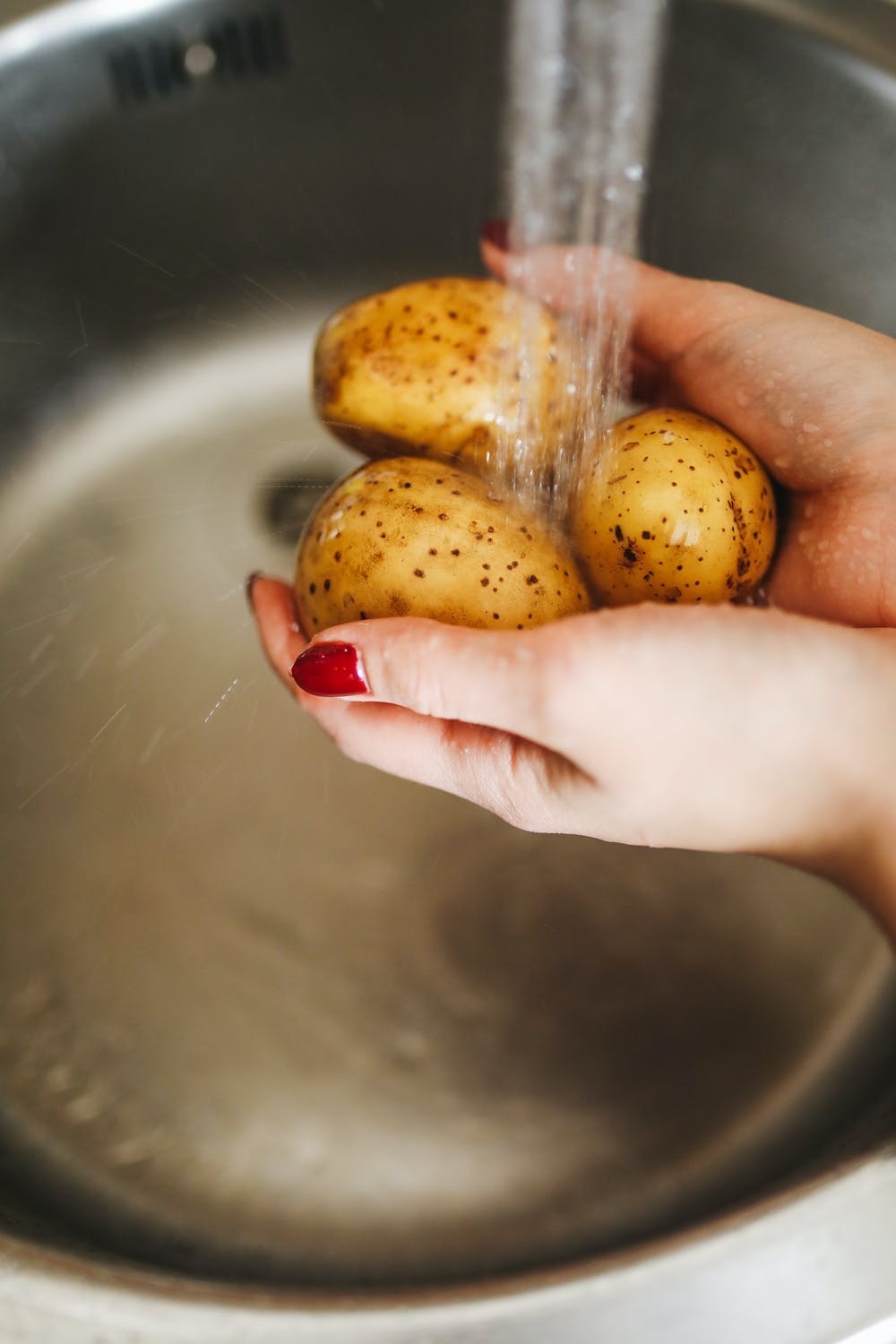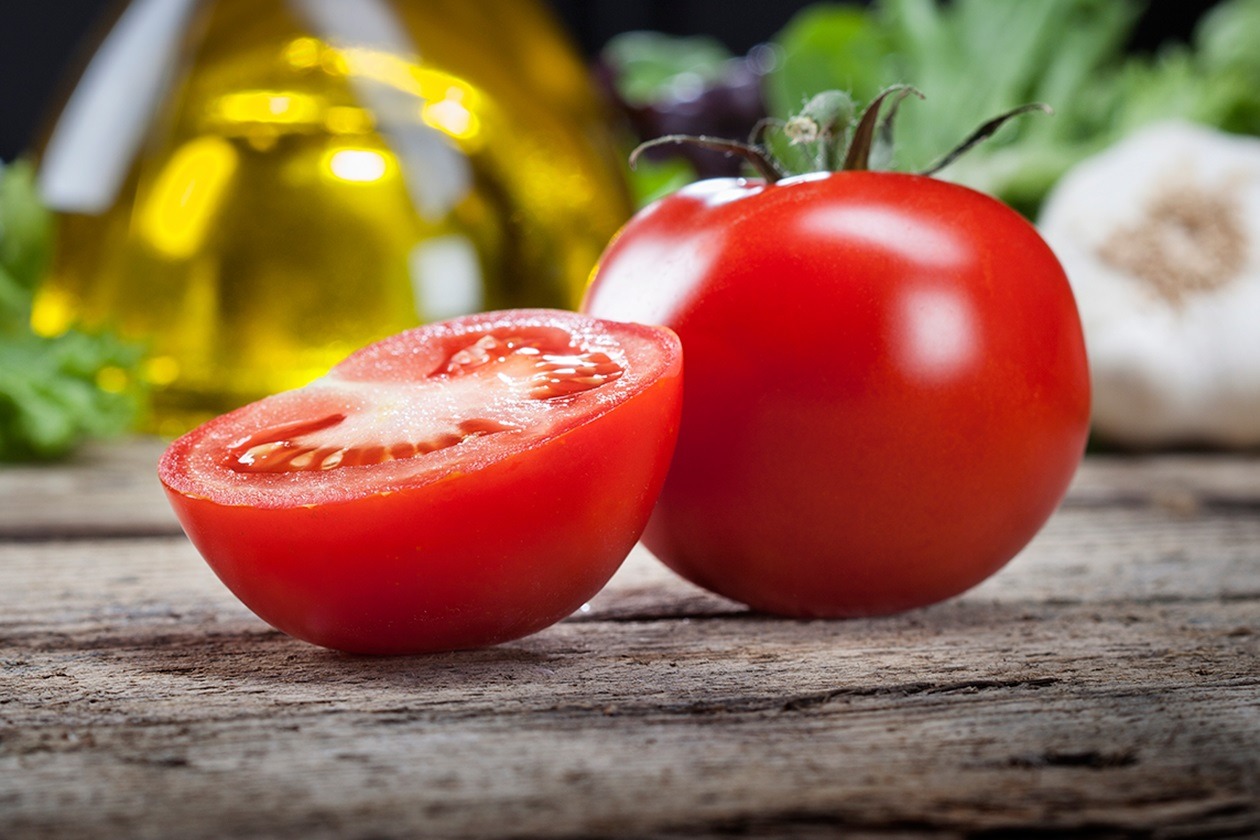This might seem a weird question since nowadays we have plenty of simple ways of food preservation. Fridges and freezing cameras are available in any home, and we can buy all sorts of foodstuffs simply going to the nearest shop.
Nevertheless, in case one day you find yourself in a situation when there are no mechanical food-saving devices available (for instance, if you are in the wild), it will be handy to know what methods can work effectively to keep some fresh veggies and/or fruits edible longer.
Ways to Stock Food to Keep It Safe
Let us imagine that we went on a long hiking trip deep into the mountains or elsewhere where we will have no access to the inventions of civilization like fridges, etc. Naturally, we will take some foodstuff with us, something that will not get rotten too fast (especially if we are hiking in summer).
Or, perhaps, we ended up in a risky situation when we are alone in the wild and have to feed on the raw foods we can find around.
In any case, the major task will be to preserve the goodies to the longest to keep them safe to consume since nothing can be worse than having an upset stomach or food poisoning in the middle of nowhere.
To complete the mission, we can go for one of the following options that Elisa Chan nutrition couch shared with us:
1. Freezing
This approach will only work in late fall and in winter since to succeed we will need ice. Natural freezing can be applied to preserve either meaty foods or veggies, for instance, peppers that will manage to last for several months if chilled.
Keep in mind though that the temperature of the foodstuff must always be lower than thirty degrees. This is why using fresh-packed snow or ice from the nearest pond or lake is needed to make an ice house.
For slowing down the process of melting, wrap the ice in wool or sawdust.
Related: https://beezzly.com/how-to-store/how-to-store-peppers
2. Dehydration
This method is universal since it needs no additional equipment, and it is very space-efficient.
To achieve the optimal results, always choose the ripest vegetables for drying. Raw foods are best to be dehydrated within six to twelve hours after they were picked. Of course, it can be done later, but the taste and texture might be less qualitative.
Also, to ensure that the foodstuff will be dried thoroughly, we would recommend slicing or cutting it in equal parts, preferable of a quarter of an inch in thickness.
Several methods of dehydration exist but, since we are talking about doing that in the wild, only the solar drying method will fit us. This approach works best for veggies and fruits, however, it can also be successfully applied for preserving meaty goodies as well.
To sun-dry your veggies, complete several easy steps:
- clean the vegetables that will be dehydrated
- delete any bruised, discolored, or infected tissues from the veggies since such areas are the potential “home” for bacteria and an ideal growing area for the fly larva
- cut the rest of them in equal pieces of the same thickness. Remember that the strips must be thin so that they can dry faster
- lay these pieces out on a clean surface and let the veggies sit in the sun for several hours.
Related: https://ventsmagazine.com/2020/08/17/cabbage-wellbeing-benefits/
It is better to choose the sunniest area with a light breeze, like that, the flies will be kept away, and the veggies will get the most of the sunlight drying quicker.
Also, consider that, since plant-based foods have distinct water content levels, it is necessary to be aware of how much time each kind of veggie will need to get properly dried. Moreover, different kinds of such food can be stored for a different term so this must also be taken into account.
When drying foods like this, there is a high possibility that wild animals can sneak into the camp and steal some of the goodies. To prevent that, always keep an eye on what is being dried to be able to scare away the unwelcome guests.
Such natural preservation methods may indeed take some time to get the result, however, they are the only ones that can be successfully used for making foods safer when we are in the wild and need to keep our foodstuff of a good quality longer.



